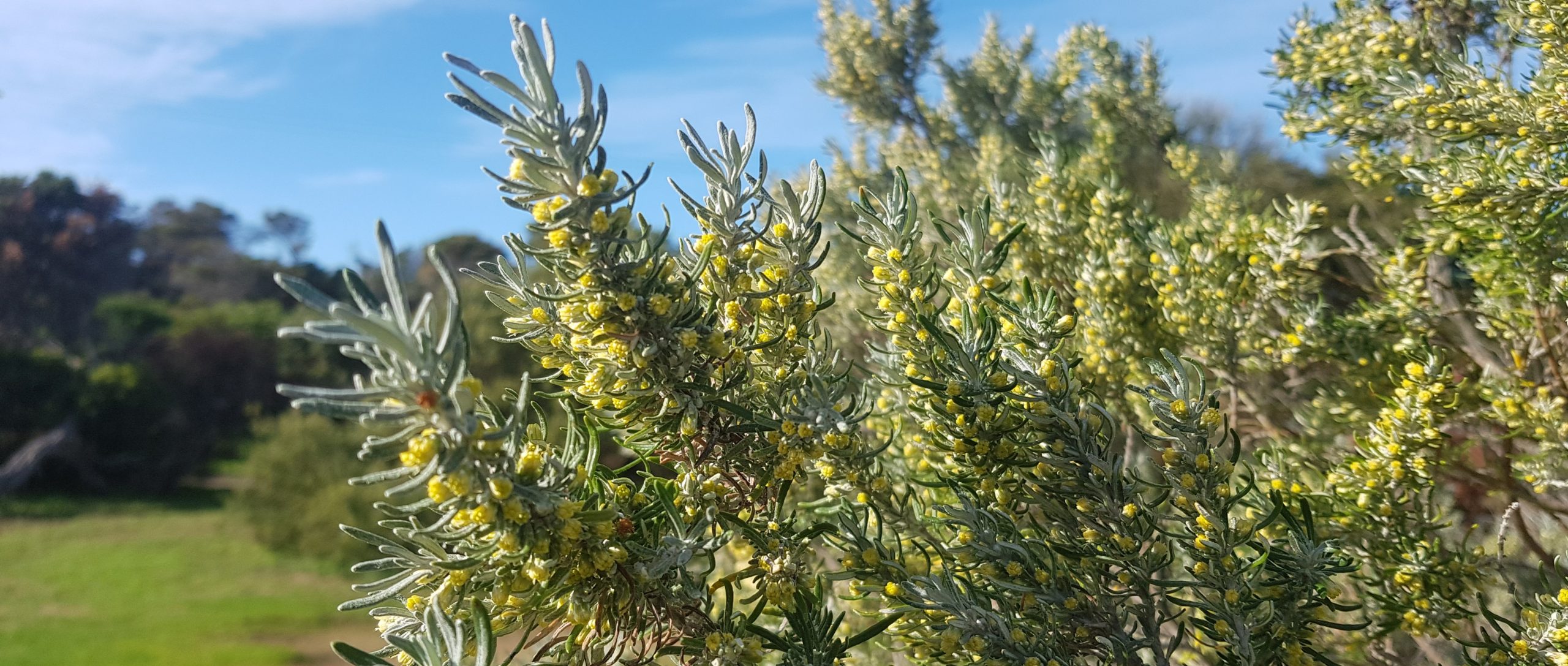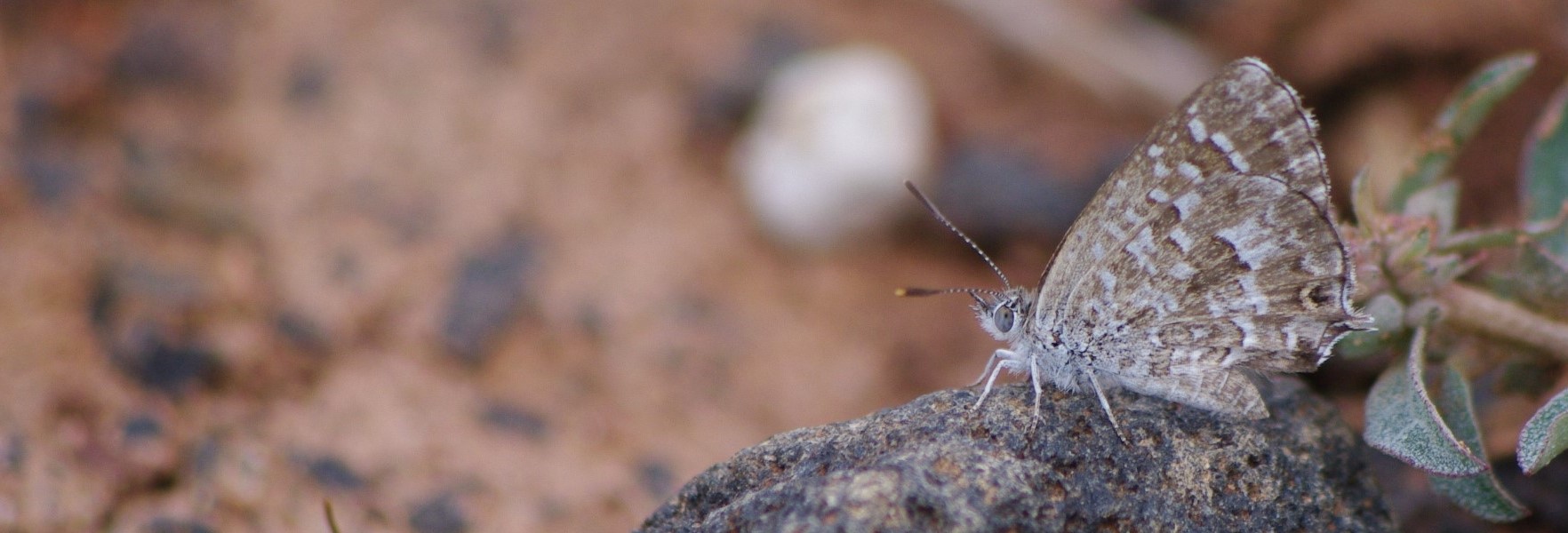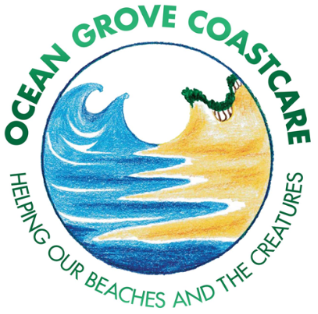A garden is a place where wild plants and animals shelter, visit or live. Every garden, no matter how small, can be a wonderful and important haven for wildlife.
The City of Greater Geelong and Barwon Coast are land managers in Ocean Grove, as are Parks Victoria, who manage the Ocean Grove Nature Reserve. Together they protect remnant vegetation, remove weeds to improve native habitat and create wildlife havens on public land.
Wildlife need to move through town, between these reserves, just like we do. Linking these reserves with indigenous gardens helps to create wildlife corridors. Private gardeners, schools and businesses can work together to build these links, together making Ocean Grove a neighbourhood that supports native plants and animals of our region.
Establishing a wildlife garden means growing plants that grow naturally in the area before land clearing and European settlement in the late 1800’s. These are referred to as ‘Indigenous’ plants.
Every animal species has particular needs for habitat, for example planting indigenous shrubs provides natural shelter for our woodland birds like wrens and robins.
Wildlife gardening doesn’t mean taking out everything else, many non-indigenous plants provide shelter and food for wildlife. And a veggie patch and a fruit tree or two are always welcome in any garden! Gardening for wildlife is about adding to your garden.
Elements of a wildlife garden
1. Layer Plants

2. Build or Buy a nest box
This means planting groundcovers, low shrubs, medium shrubs and trees in a way that might be found in the natural environment. Ground covers naturally occurring in Ocean Grove include Kidneyweed, Rounded Noon-flower, Bower Spinach and Wallaby or Kangaroo grasses. Low shrubs include small shrubs like the very pretty Coast Daisy-bush and saltbushes. Then medium shrubs such as Prickly Moses Wattle, Slender Bush-pea or White Correa provide great shelter for small bushland birds, including Willie Wag-tails and New Holland Honeyeaters. Last to mention are the tallest layer, trees such as Moonah, Banksias, Lightwood and Yellow Gum. For a more comprehensive list of indigenous plants suitable for Ocean Grove, please follow these links:
- Bellarine Flora Booklets: Request a copy via Bellarine Landcare website
- Bellarine Landcare: Weeds
- City of Greater Geelong: Indigenous Plants
- City of Greater Geelong: Vegetation Zones
Many indigenous plants are available very cheaply, at $2, from the Bellarine Landcare Nursery off Grubb Road in Drysdale, or Queenscliff Indigenous Nursery in Point Lonsdale.
Many of the mature trees in Ocean Grove have been lost, and with them the hollows that birds and bats need to shelter and raise their young. Although natural hollows are ideal, a nest box is the next best thing. We can build or buy nest boxes, they come in many different designs according to the species you would like to attract to your garden.
For information about nest boxes that suit the Bellarine Peninsula and local production by the St Leonard’s Men’s Shed contact the Bellarine Landcare facilitator: sophie@bellarinelandcare.org.au
Information about nest boxes and instructions for building your own can be found on the Birds in Backyards website.
3. Create a water Source
Bird baths, ponds and even small dishes of water put out on hot days are terrific for bringing birds to your garden. Be careful of where you place your birdbath to prevent cats from using it to catch visiting birds! A child-safe pond will provide a place for birds to drink and hopefully attract a frog or two. The City of Greater Geelong has more information on protecting wildlife from cats in our region.
4. Add Mulch, rocks and logs
Natural mulch, rocks, logs and tree branches provide habitat for beetles, worms and other invertebrates, that birds such as Magpies and Currawongs feed on. Mulch also helps protect plants from water loss and keeps the roots cool on a hot day. Rocks and logs provide shelter for small reptiles such as skinks and Blue-tongue Lizards. The Birds in Backyards website has more information for making your garden bird friendly.
5. Plant Butterfly plants

A wide range of butterfly species are known to frequent the Ocean Grove area. These include Common Brown, Saltbush Blue, Common Grass-blue, Yellow Admiral, Green Grass-dart, Barred Skipper, Meadow Argus, Australian Painted Lady and Splendid Ochre. Summer is our peak period for butterflies. Some species are only present in our local area during that time.
Butterflies use flowers for food and foliage to lay their eggs on. Keep an eye out for their caterpillars as they can be as beautiful and interesting as the butterflies they transform into! To attract butterflies to your garden, plant the beautiful Hop Goodenia, Coast Tea-tree, and Spiny-headed Mat-rush.
6. Remove Weeds
Remove or do not plant environmental weeds in your garden. They spread into bushland and degrade native plant communities. The Bellarine Pea (Polygala myrtifolia) is actually from South Africa and has been a problem in our parks and gardens for many years. Happily, Barwon Coast and the City of Greater Geelong have removed much from the coastal reserves. Other prominent weeds in Ocean Grove are Agapanthus (Agapanthus praecox), Italian Buckthorn (Rhamnus alaternus) and Bridal Creeper (Asparagus asparagoides).
The City of Greater Geelong has a full list of environmental weeds for our area.
Plants on the Run guidebook provides some images and descriptions of common Ocean Grove weeds
7. Be a Sustainable Food Gardener
There are many benefits to be gained by encouraging wildlife to your food garden. Birds, frogs and lizards provide natural pest control and increase pollination leading to a more productive veggie patch and greater yield from fruit trees.
Mulching garden rubbish and composting food scraps helps enrich the soil and reduce the need for watering in the drier months.
Use natural methods and products as much as possible, many pesticides are indiscriminate and kill good insects too. Insects such as praying mantids and ladybirds eat other insects, making them beneficial garden dwellers. Controlling weeds in your garden can be labour intensive, though very satisfying and a wonderful form of exercise! Besides manual removal you can try pouring hot water over them or use a vinegar spray in the heat of the day instead of a commercial herbicide.
Chemicals used in our gardens are washed into waterways when it rains. This can cause harm to frogs, fish and birds that live in and near our creeks, wetlands, lakes and the river. It is best to avoid them when we can.
Owls, kookaburras and other carnivorous birds are nature’s own pest controllers when it comes to rats and mice. Please consider avoiding rodenticide to prevent poisoning these beautiful birds, especially avoid the second-generation compounds. More details at Birdlife Australia.
For further reading about wildlife gardening
- Bishop, AB (2018). Habitat: A practical guide to creating a wildlife-friendly Australian garden. Murdoch Books.
- Gardens for wildlife Victoria: website
